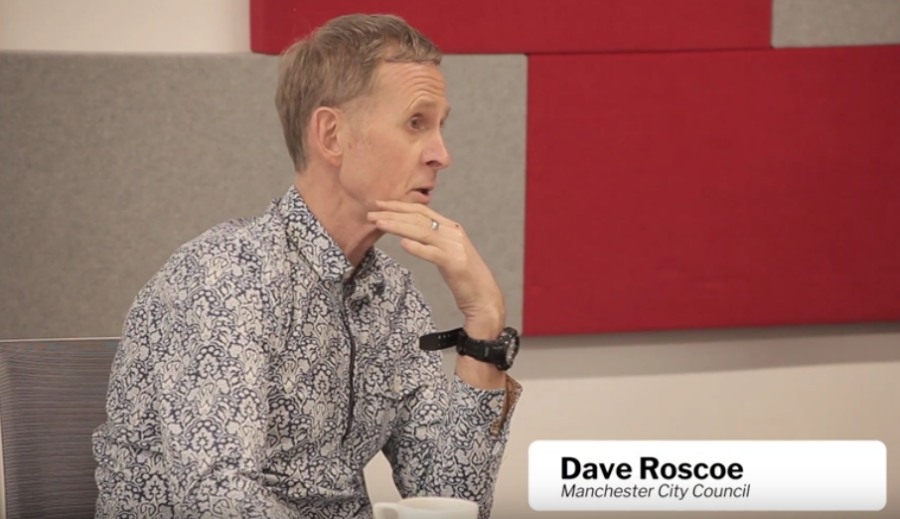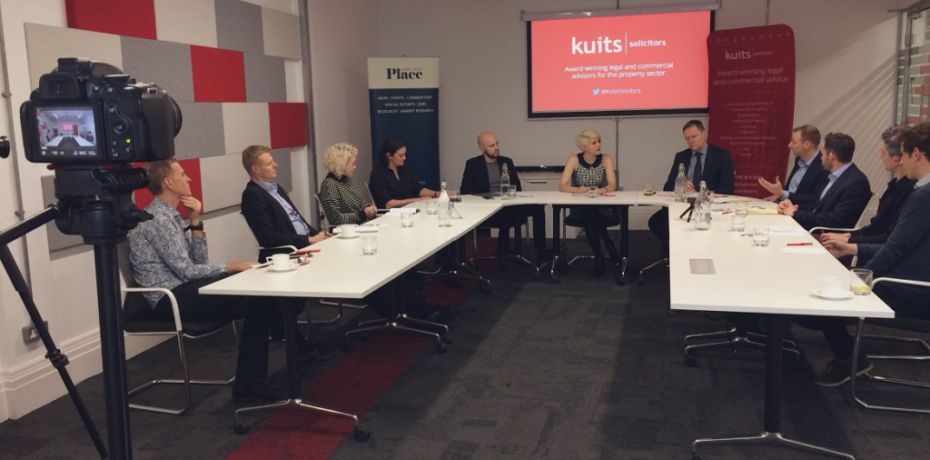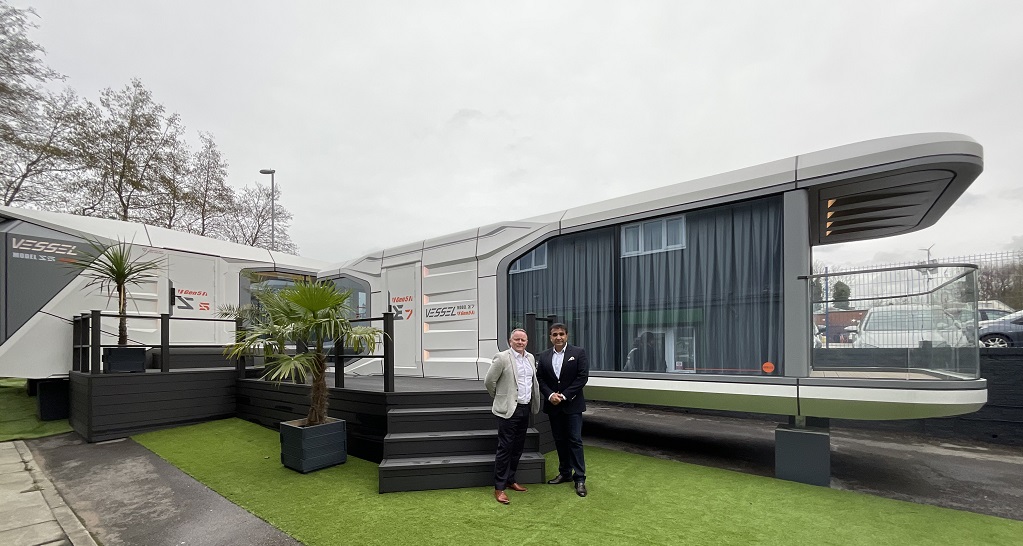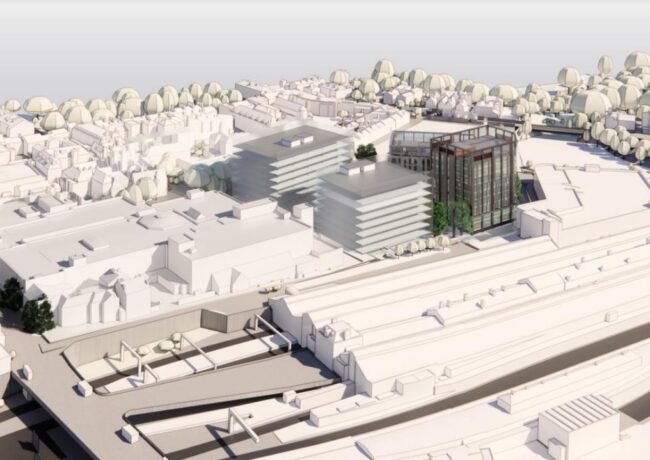VIDEO | Creating a successful commercial development
With a step-change in what occupiers want from their offices and seismic shifts in the retail market, how can developers make their commercial schemes more attractive to tenants, consumers, and the wider public?
Should commercial development be focussed on making the best returns for investors, or should placemaking be first and foremost when planning an office?
Place North West and Kuits Solicitors gathered a panel of experts to discuss what elements create a successful commercial project, reflecting on schemes including First Street and Spinningfields, and how developers, tenants, and city councils are reacting to changes within the market.
The attendees were:
- Doug Hann, executive director, Indigo Planning
- Rob Peill, head of offices, Property Alliance Group
- Jamie Hills, development director, Ask Real Estate
- Andrea George, head of retail & leisure leasing, Bruntwood
- Ernst ter Horst, associate, Feilden Clegg Bradley Studios
- Leon Guyett, development director, Muse Developments
- Dave Roscoe, planning development manager, Manchester City Council
- Felicity Tulloch, partner, Kuits
- John Moffatt, development director, Capital & Centric
- Adam Hymes, partner, Kuits
The event was chaired by Place North West editor Jessica Middleton-Pugh.
Jamie Hills: “Office occupiers are competing against each other for employees, and are striving for larger floorplates which helps make space more efficient.
“When it comes to retail and leisure, there’s only so many restaurants you can have. More basement space, potentially let out at a cheaper rate, needs to be factored in to the design of buildings.”
Leon Guyett: “Most large sites are a three-year process so it’s about hedging your bets on where the market will be: build in flexibility, for example around the cores so space can be split according to demand.
“You see some schemes where the ground floor is an afterthought; it should be about trying to make something different and First Street is testament to that. All the stakeholders need to buy in to that at an early stage.“

Andrea George: “Retail & leisure is the thread that stitches buildings together. Developers need a curated retail & leisure strategy, covering everything from everyday convenience, to the cultural side of retail, public realm. Developments have to have a feel-good factor, and to attract as many groups as possible to visit the space as often as possible, and to stay as long as possible.”
John Moffatt: “For us, sites have to be mixed-use: we don’t want a building that sits empty for a large portion of the day. A far more active presence creates a better sense of place.
“How consumers interact with our buildings is important, particularly millennials who are experientially driven. The same applies whether you’re doing a resi scheme or a commercial scheme; at Kampus for example where we are incorporating a variety of uses, and creating a sense of place to encourage dwell time.”
Felicity Tulloch: “Role of licensing is becoming important for pop-up events using public realm, and equally getting involved in the first few years to get a dozen provisional premises licenses for retail and leisure units within commercial developments. Not all the units will turn into those, but the flexibility is there, and tenants can come in knowing that that work has already been done: that de-risks and futureproofs sites.“
Dave Roscoe: “When you look at Spinningfields, the vision was large floorplate offices, because at the time, we were missing out on that investment going to Bristol, Leeds, and so on. We forgot about Spinningfields as ‘the place’ in all that; all the placemaking in Spinningfields took three goes and was a bit calamitous, and it’s only just getting there now.
“In places like Spinningfields, it’s not about taking on a Starbucks, it’s about encouraging and fostering independent businesses, as it’s those that make you successful.“

Doug Hann: “Developers should be thinking outside the box in terms of land use flexibility. The city centre needs to be more diverse than bars, offices, and coffee shops: use planning as a positive tool to get different occupiers in.
“There’s always room for big floorplates but don’t forget the smaller suites, and massive value can be added by doing that in a heritage asset: capitalising on existing space to add value above and beyond what’s already there.“
Ernst ter Horst: “Looking at London as an example, there’s a massive push from councils to get the workplace back in to city centres to create employment and prosperity for the city. Authenticity, experience, even small spaces that are inspiring, all of that drives staff retention in the workplace.“
Rob Peill: “Out-of-town sites give you more space to play with: if tenants commit for 10 years, it’s a long time for someone who doesn’t know how they’ll be performing in seven, eight, or nine years. Providing things like running tracks, amenity hubs, five-a-side pitches are important, and we need to be mindful of what we provide.“
Adam Hymes: “When working on commercial projects it’s important to have a legal team that listens to itself: planning, construction, real estate need to be talking to each other, for example in access and highways.
“Placemaking, too, is becoming increasingly important: why here, what is here, and who is here, are the key questions to be asked.”





